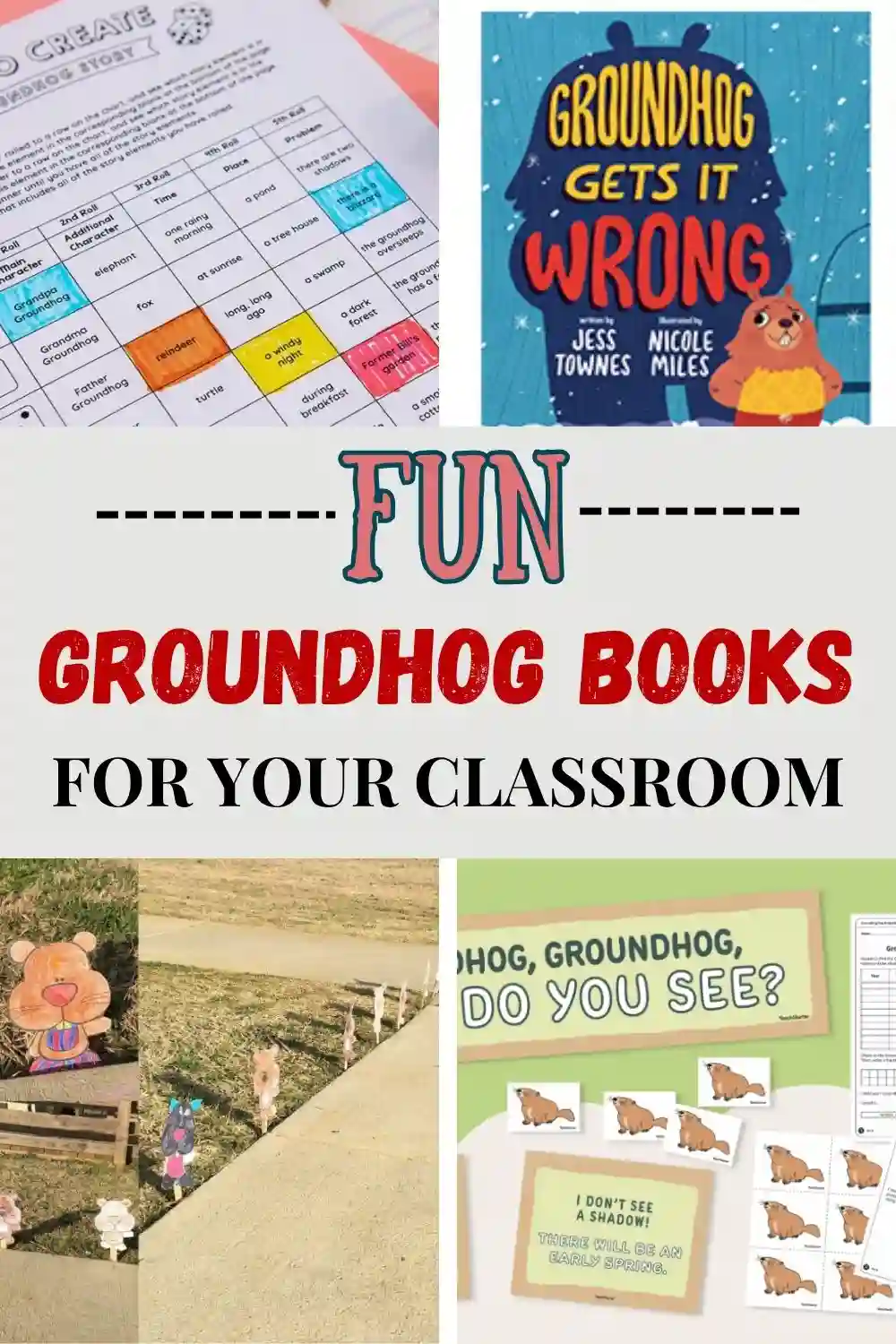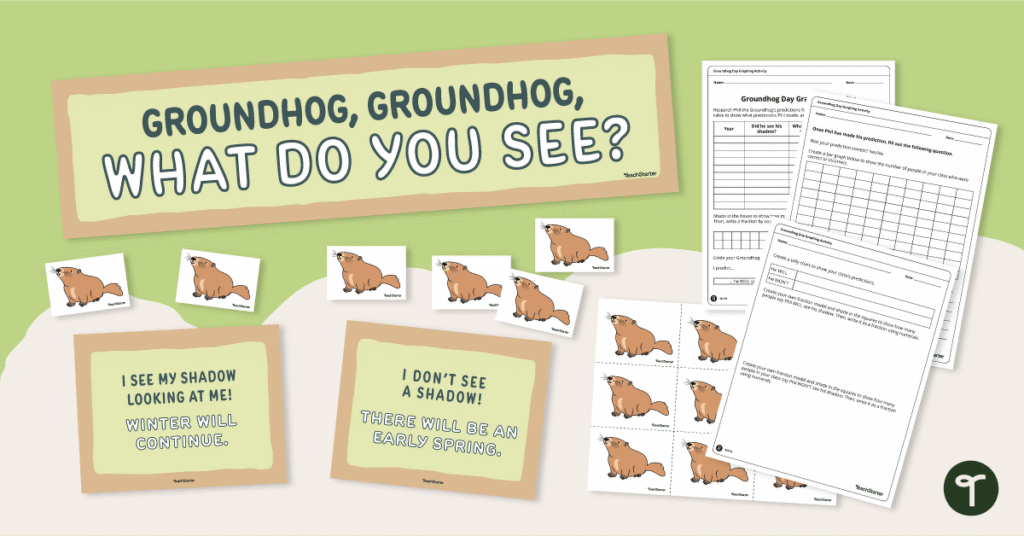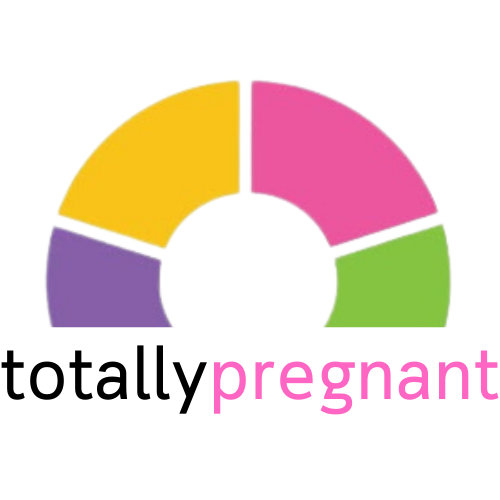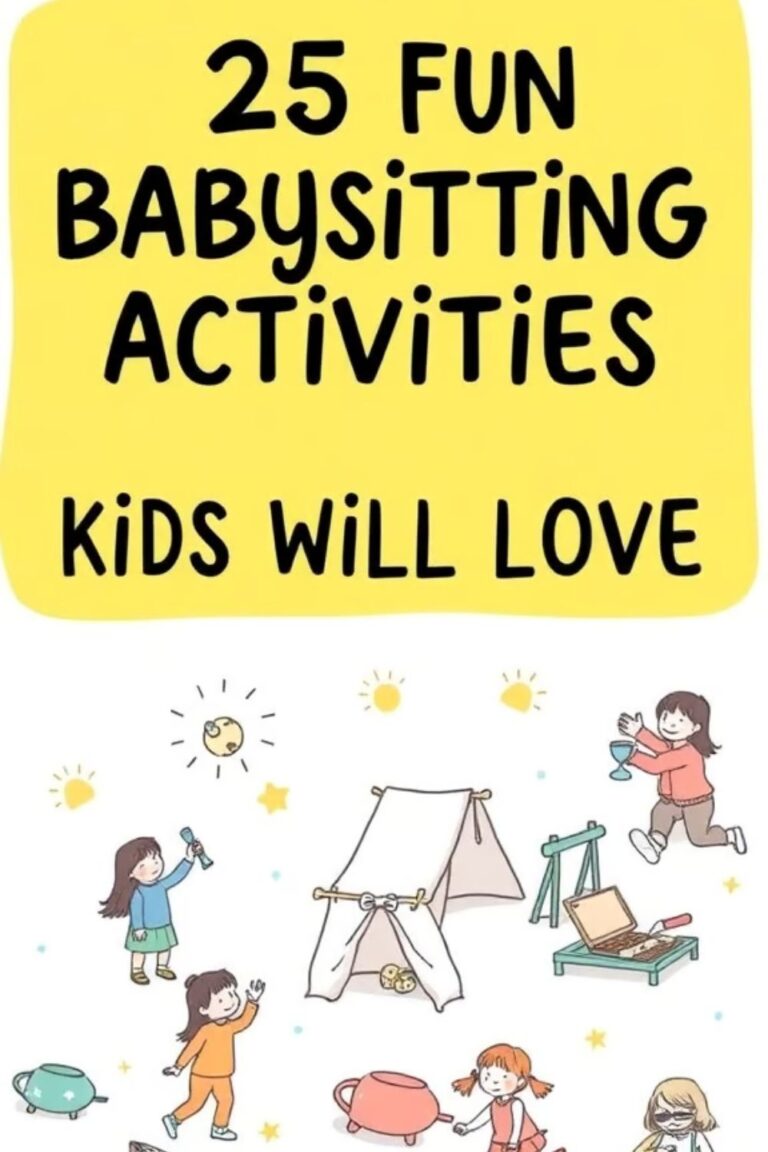11 Groundhog Day Activities for Kids

Do you have your Groundhog Day classroom activities ready? This quirky February 2 holiday is one that kids love, not just for its fun traditions, but also for all the learning it can bring.
Groundhog Day is the perfect time to explore science topics like hibernation, changing seasons, and shadows. It also offers a great opportunity to talk about weather predictions and how the environment changes from winter to spring.
Whether you’re teaching in a snowy state or somewhere sunny, this holiday gives students a reason to get curious about nature. To help you plan, the Teach Starter teacher team gathered their favorite Groundhog Day activities, crafts, and learning ideas — all designed for classrooms from kindergarten through sixth grade.
How Does Groundhog Day Work?
If you haven’t thought much about Groundhog Day since you were a kid, here’s a quick refresher to share with your students.
The holiday dates back to the 1800s and is believed to have started as a German tradition. On Candlemas, February 2, people believed that if a hedgehog saw its shadow, there would be six more weeks of winter. German immigrants later brought the custom to the United States, replacing the hedgehog with a groundhog.
Today, the most famous groundhog is Punxsutawney Phil, who lives in Pennsylvania. Each year, Phil is brought out by the local Groundhog Club at a spot called Gobbler’s Knob. If Phil “sees” his shadow, it means six more weeks of winter. If he doesn’t, it’s said that spring is just around the corner.
It’s a simple idea that has become a cherished American tradition — and it’s a great way to spark curiosity about weather, light, and seasonal changes in your classroom.
Groundhog Day Books for Kids

Books are always a wonderful way to introduce any holiday, and Groundhog Day is no exception. A themed read-aloud helps children connect to the story, build curiosity, and start conversations about traditions and nature.
Here are some favorite Groundhog Day books to explore with your students:
- Groundhog Gets It Wrong by Jess Townes
- Punxsutawney Phyllis by Susanna Leonard Hill
- Groundhog’s Day Off by Robb Pearlman
- Groundhog’s Runaway Shadow by David Biedrzycki
- Grumpy Groundhog by Maureen Wright
- Substitute Groundhog by Pat Miller
- Go to Sleep, Groundhog! by Judy Cox
- Groundhog Gets a Say by Pamela Curtis Swallow
These fun stories can lead into lessons about weather, seasons, and animal behavior while making the day feel festive and engaging.
Groundhog Day Activities for Kids
Observe Groundhog Day Shadows Throughout the Day

Turn Groundhog Day into a hands-on science lesson about light and shadows. Create paper or popsicle stick groundhog figures with your students and stake them outside in the morning. Have kids observe and record the shadows at different times — morning, noon, and afternoon — then compare their observations.
This simple experiment helps students understand how sunlight changes throughout the day and connects directly to the tradition behind Groundhog Day.
Create Your Own Punxsutawney Phil

This fun craft is a favorite with young learners. Use simple household or classroom materials to make your own little groundhog:
- Toilet paper rolls
- Brown and green construction paper
- Glue or tape
- Googly eyes
- Popsicle stick or straw
Once assembled, students can use their handmade groundhogs for shadow activities, storytime, or puppet play.
Graph the Groundhog’s Predictions

Combine math and science in a creative way by turning Punxsutawney Phil’s weather predictions into a data project. Provide students with historical data showing how often Phil’s forecasts were correct or incorrect. Have them create a bar graph showing the results.
For a classroom twist, ask students to make their own predictions about whether Phil will see his shadow, then create a class graph to tally the results.
Practice Using Positional Language
For younger learners, use Groundhog Day to practice positional words like next to, behind, and under. Give each student a flashlight and a small stuffed animal, then turn off the lights and have them explore how shadows form in different positions.
This activity builds vocabulary and understanding of spatial relationships while keeping learning light and fun.
Set Up a Groundhog Anchor Chart

Help students learn the process of making predictions with a Groundhog Day anchor chart. Create one as a class to record student predictions about whether Phil will see his shadow. You can also use the chart to list what groundhogs “can do,” “have,” and “are.”
This is a great way to combine literacy and science skills while encouraging group participation and discussion.
Groundhog Day Paper Bag Puppet

Let students bring Punxsutawney Phil to life with a simple and creative paper bag puppet activity. Give each child a brown lunch bag, construction paper, scissors, glue, and crayons.
Have them cut out shapes for the groundhog’s face, ears, and paws, then glue them onto the bag. Students can decorate their puppets with eyes, a nose, and teeth, adding their own fun touches. Once finished, they can use their puppets to act out Groundhog Day stories, songs, or short skits, making the learning experience hands-on and imaginative.
Groundhog Day Writing Prompts

Encourage creative thinking with fun Groundhog Day writing prompts. Ask students to imagine what they would do if they were Punxsutawney Phil for a day. They can write short stories or draw and label pictures about their adventures.
Prompts like “What would happen if I saw my shadow?” or “What if I didn’t see my shadow?” let kids explore cause and effect while practicing early writing skills. Older students can take it further by writing opinion pieces about whether they believe Phil’s predictions are accurate.
Groundhog Burrow STEM Challenge
Bring engineering into your Groundhog Day celebration with a simple STEM challenge. Ask students to build a model of a groundhog burrow using materials like cardboard, paper, clay, or sticks.
They can design the burrow to include tunnels and cozy sleeping areas, then explain how it protects the groundhog from cold weather. This project encourages problem-solving, teamwork, and creativity while connecting to science concepts about animal habitats and hibernation.
Groundhog Day Poems
Add a literacy twist with poetry. Read a few short poems about Groundhog Day together and discuss rhythm, rhyme, and descriptive language. Then let students create their own poems about Punxsutawney Phil, winter, or spring.
For younger grades, you can use fill-in-the-blank templates such as “A Groundhog is…” or “When I see my shadow, I feel…” Display the poems around the classroom for a festive and proud showcase of their work.
Make a Groundhog Day Hat
This easy craft is a favorite among younger students. Provide each child with a printable groundhog template or have them draw their own. Cut out the groundhog’s head, glue it to a paper strip, and size it to fit around each student’s head like a crown.
Add colorful details and whiskers, and you’ll have a classroom full of mini groundhogs ready for a photo moment. Kids love wearing their hats during storytime or the big prediction announcement.
Create a Groundhog Day Mini Book

Give students a chance to record everything they learn with a Groundhog Day mini book. Each page can feature a fun fact, drawing, or sentence about the holiday. You can provide prompts such as “Groundhogs live…” or “Groundhogs sleep during…” to guide their writing.
Once complete, staple or tie the pages together to make a keepsake booklet. This activity reinforces reading, writing, and comprehension skills while giving students something special to take home and share.
Shadow Puppets Experiment
Wrap up your Groundhog Day lessons with an engaging shadow science experiment. Using a flashlight, paper cutouts, and a light source, let students explore how distance and light angles affect the size of shadows.
They can make groundhog-shaped cutouts and test what happens when they move the light closer or farther away. This experiment ties perfectly to the story of Punxsutawney Phil and helps children understand the real science behind shadows in a fun and interactive way.
Wrap-Up
Groundhog Day might seem like a small holiday, but it’s full of learning opportunities for every age group. From science and STEM to art and literacy, it encourages curiosity, creativity, and exploration.
Whether you read stories about Punxsutawney Phil, make shadow puppets, or write playful poems, your students will have fun while learning something new. Celebrate the season, spark imagination, and make this Groundhog Day a memorable classroom experience.






